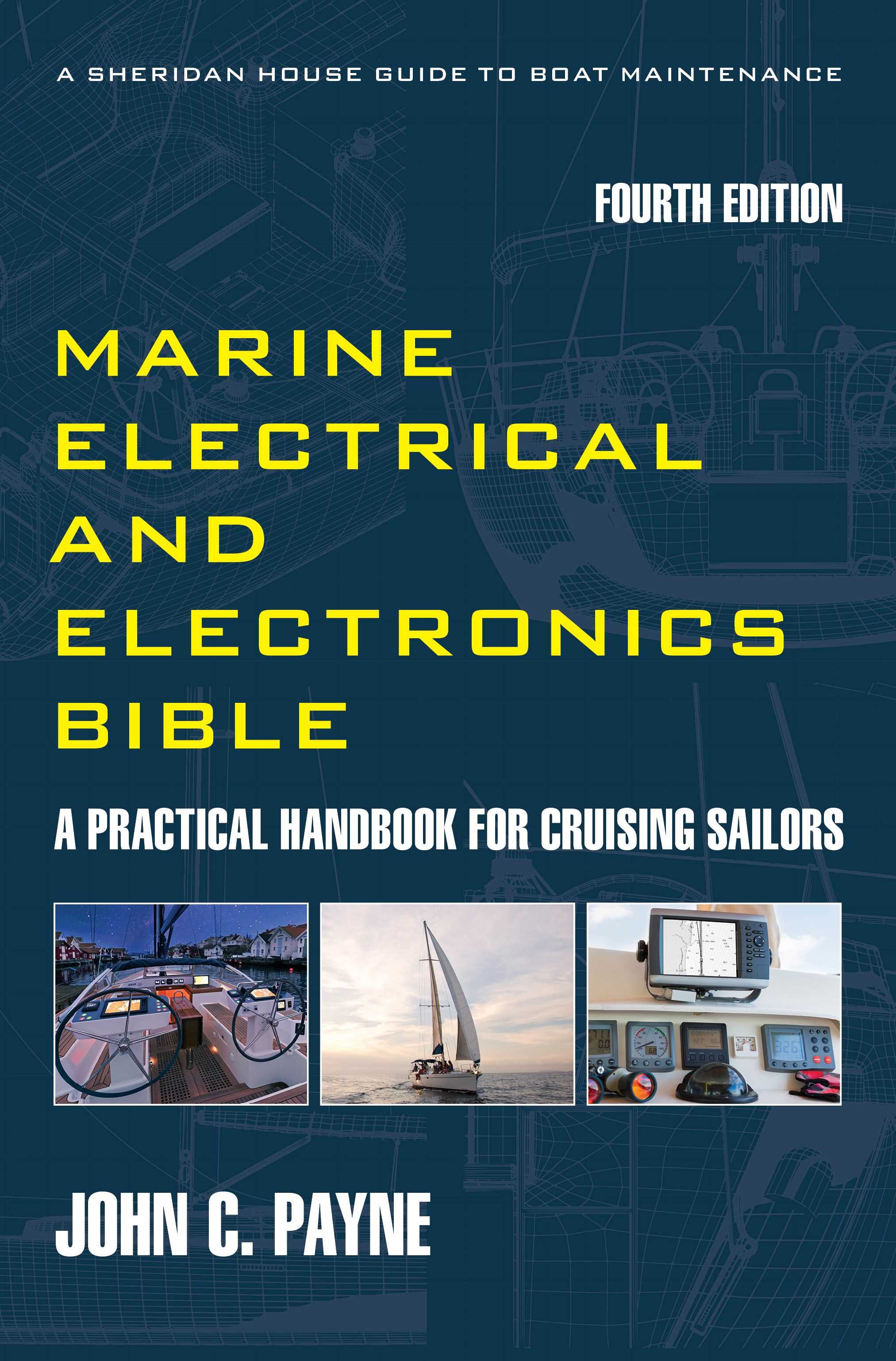Boat Maintenance and Troubleshooting
Boat maintenance and troubleshooting often gets seen as an onerous chore, something one has to begrudgingly undertake. Unlike the motor vehicle at home, where you drop it off and collect when done, no matter how much hired help you get to do maintenance tasks, you still have work to do. Given the hourly rates can be quite steep for a marine engineer at the marina to do an oil change on your engine, or other designated tasks. Most of us can’t really afford that. If you can afford to get people in, more power to you, and hopefully this section will enlighten you and stop the service people from trying to smother you with jargon and gobbledegook. More about that later. You can mitigate the effects of maintenance or unpredictable failures, and at least understand them.
Boat Maintenance and Troubleshooting
Let’s look at the range of boat maintenance and troubleshooting tasks you need to be doing to ensure your boat is seaworthy, whether for a weekend or a long-term offshore cruise. So now it’s time to list the systems you need to be maintaining, and if it’s sail and you are powered that’s okay, just ignore those items. Many of the tasks are applicable whether sail or power and this is a general breakdown. Click on the links for further boat maintenance and troubleshooting information.
1. Engines and associated systems that include diesel fuel, seawater and freshwater cooling, exhaust systems and so on.
2. Engine electrical and control systems such as the starter motor, the starter battery and all the instrumentation.
3. Electrical supply including batteries and charging systems and including wiring and power distribution, lighting and so on.
4. AC power systems including inverters, generators and shore power.
5. Marine electronics systems, that is all your GPS, instrumentation, communications equipment and so on.
6. Water systems, potable water storage, shower systems, toilets, sewage and MSD's, waste water, bilge pumps and so on.
7. Hull and deck including fiberglass and gelcoat, steel and timber if constructed with that. Also boat varnishing and teak care if you have it.
8. Mast maintenance, standing and running rigging that includes booms and all those deck fittings.
9. Boat deck equipment including deck winches, cleats and anchor handling equipment including the anchor windlass.
10. Boat steering systems including rudders.
11. Sail repairs and maintenance and also roller furling systems.
12. Winterization and layup program.
13. De-winterization and spring recommissioning program.
The 4th Edition of the Marine Electrical Electronics Bible Get your copy and start becoming self sufficient and save money on expensive technician callouts. The 4th Edition of the Marine Electrical Electronics Bible Get your copy and start becoming self sufficient and save money on expensive technician callouts.Boat Maintenance and Troubleshooting
I have been involved in performing and working up maintenance programs in commercial maritime and offshore oil rigs. Over the years the philosophy for this has changed, largely driven by the commercial aviation sector. We have a lot to thank them for in this regard as much research on maintenance and effectiveness has been done given that some of the worst aviation accidents are caused by maintenance deficiencies. So I applied the principles to my own boats. For many years we have had time based tasks on everything from engines to auxiliaries. This hasn’t really been successful and we have also had running hour based programs. I am sure some of you are running spreadsheets to track tasks. Much research and analysis within the aviation industry has evolved the maintenance into what is called Reliability Centered Maintenance (RCM). The general first generation maintenance philosophy is still widely in use, and is the probability of failure increased over time, and that timing maintenance would reduce or eliminate the failure. The research showed that for at least 70% of systems and equipment this was not actually true. For this equipment which has an inherent probability of failure and constant maintenance tasks, servicing or replacement was pointless. All things degrade over time, and some things degrade at a pace so slow that are not of practical concern. So there are many yacht maintenance factors to consider. Sailboat maintenance covers so many factors and considerations. Look at performing a boat risk assessment. Look at charging system upgrade and also and other charging system upgrades and a summary of boating maintenance measures.
Boat Maintenance and Troubleshooting
The result of all this research has introduced what are fundamental truths in boat maintenance and troubleshooting that apply to small boats and yachts. Not all failures on your boat can be prevented by maintenance. It is just the way of the world that some equipment and systems failures arise as a result of events and factors that are entirely outside of our control. Some examples are lightning strikes your mast or being overcome by big seas and partially flooding your boat, or being knocked over and dismasting and so it goes on. It doesn’t matter how much maintenance or how you do it, the outcome cannot be changed, although the effects can be substantially mitigated by design factors. You can do all the maintenance in the world but if the equipment is poor quality (in my humble opinion that is usually cheap Chinese), or the system has been poorly designed with inherent weaknesses and hidden failure points, or simply poorly constructed, then you are on the losing end of the equation. Boat cabin lighting is a good example here, poor quality fittings, poor installation choices and you just learn to put up with the resultant poor lighting. More about boat maintenance.
